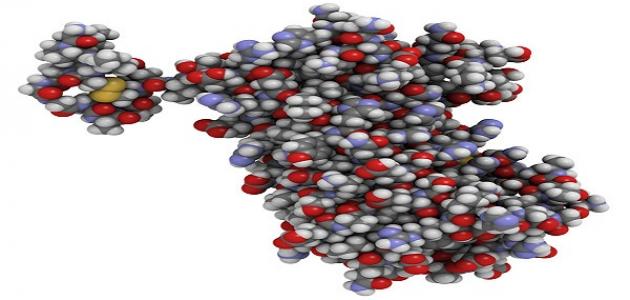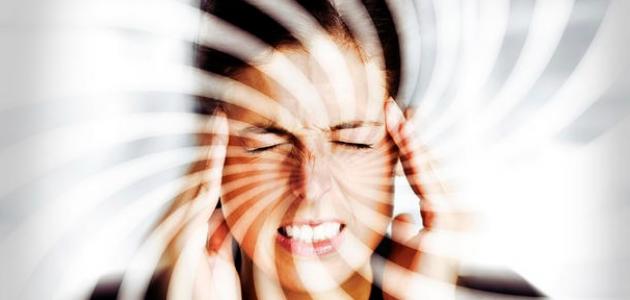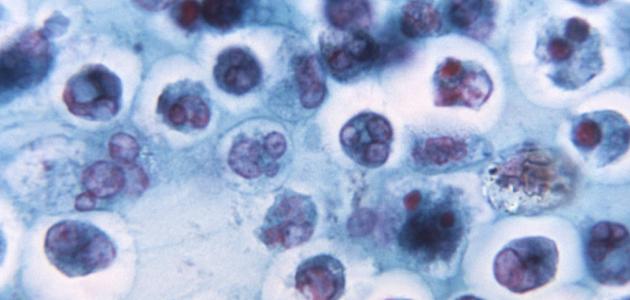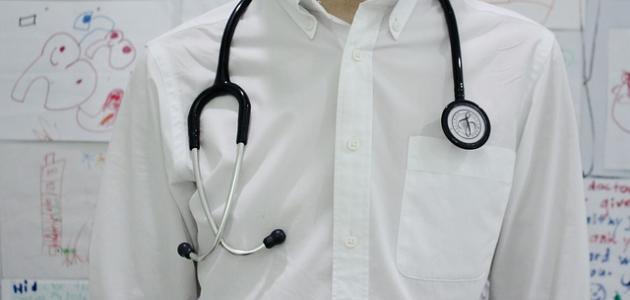puberty
Puberty is defined as the age at which the body reaches sexual maturity and the ability to reproduce, and this is accompanied by many signs and physical changes, which include rapid growth of muscles and bones and changes in the shape and size of the body.
puberty in girls
In general, girls reach puberty at an early age, as this often occurs in girls in the age group between 8-13 years of age, with an average of 11 years. That is, some of them may reach this stage at an earlier age than their peers, and others may be late in that, while the menstrual cycle and menstruation begin in the age group that ranges between 9-16 years of age; This depends on the age at which puberty begins, and in fact many changes occur in girls during puberty. Where the hypothalamus or hypothalamus (*) in the brain begins to secrete gonadotropin-releasing hormone (GnRH), which stimulates the pituitary gland (*) to secrete many hormones that have a role in puberty, which includes follicle-stimulating hormone (FSH) and luteinizing hormone (LH) that target the ovaries This stimulates the maturation and release of eggs, as well as the secretion of estrogen, which helps the girls’ body to mature and prepare their bodies for pregnancy. On the other hand, at about the same time, the adrenal gland secretes androgen hormones. Activates and stimulates the growth of pubic and underarm hair.
Read also:How to treat woundsFactors affecting puberty
There are many factors that may affect the speed of reaching puberty and the changes that occur during it, and among these factors we mention the following:
- the weight: Girls who are slightly overweight usually reach puberty at an early age, while girls who are skinny or severely malnourished usually reach puberty at a later age.
- Nutrition and general health of the body: Better nutrition and general health systems may help people reach adulthood at earlier ages.
- genes: Genes influence the age of puberty, as mothers who reach puberty early, usually their girls reach puberty early as well.
- Sweat: Girls belonging to some ethnic groups reach puberty earlier than girls belonging to other ethnic groups.
Puberty disorders
Puberty disorders are classified into two main groups: precocious puberty and delayed puberty. Puberty is for the affected person and trying to control the matter and put it on a path close to her peers, which also helps the patient to overcome the emotional and psychological problems that may result from the infection with these disorders, as well as helping the parents to support the girl and support her in the right way, but it is important to note that puberty is not delayed or advanced. It always means the need for medical intervention and resorting to treatment. Each of these two disorders can be explained in some detail as follows:
Read also:What is the cause of abdominal pain on the right side?Precocious puberty disorder
Precocious puberty disorder refers to the occurrence of physical changes in a girl at a very early age, i.e. before the age of eight, and among these changes is the occurrence of rapid growth so that she appears taller when compared to her peers, so that her body becomes as close as possible to the body of an adult, but this rapid growth in the beginning which It leads to early maturation of the bones that may cause the child to stop growing earlier than expected, making her vulnerable to being shorter than her peers when she becomes a young woman, in addition to the social and emotional problems that early puberty may cause in the child.
Delayed puberty disorder
Delayed puberty disorder is defined as the lack of sexual maturity during the age at which it is supposed to begin, and this can be inferred through any of the following: the lack of growth and maturity of the breasts by the age of 13, or the absence of menstruation and its failure by the age of 16 Age, or the passage of a time difference estimated at more than five years between the maturation of the breasts and the onset of menstruation, and in fact, the problems of the ovaries in females represented by their immaturity or damage may be associated with the incidence of delayed puberty in some girls, but most cases of delayed puberty are normal; Where this condition appears in some families to be transmitted genetically between its members. Despite the delay in puberty, the health of the child is good and the growth rate is normal. So that growth and puberty are delayed in one of the time periods, and then in the end the child's growth resumes at the normal rate.
Read also:What are the reasons for feeling tired and exhausteddoctor consultation
It is recommended to consult a pediatrician if signs of early puberty appear in a girl. In some rare cases, early puberty is one of the first signs indicating a medical condition such as tumors or neurological disorders, so it is necessary to see a doctor to treat the problem if it exists, and it can lead to Treatment of the condition is to delay puberty until the appropriate age. As for girls who suffer from late puberty, they generally do not need treatment. However, it is recommended to consult a pediatrician in their case if there are any signs that increase the anxiety of their families, especially if their growth stops suddenly, as well. Girls must be reassured that their development will be similar to that of her peers, and it is recommended to consult a specialist or counselor to follow up on girls who suffer from any psychological symptoms such as depression or other social and behavioral problems.
Margins:
(*) The hypothalamus or hypothalamus: the part of the brain that maintains the internal balance of the body, which is located above the pituitary gland, and is the link between the endocrine glands and the nervous system, and its function lies in the production of many hormones that inhibit or stimulate the secretion of other hormones in the body to carry out functions different.
(*) The pituitary gland: It is a small gland located under the brain that produces many hormones that control other glands throughout the body.









